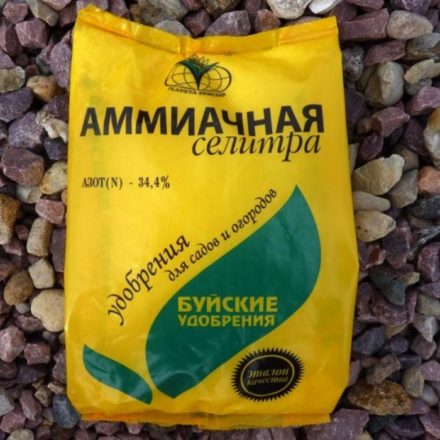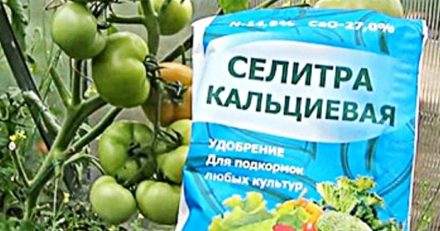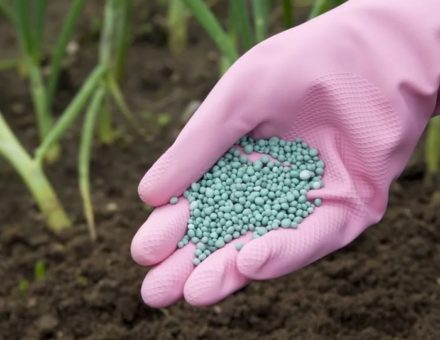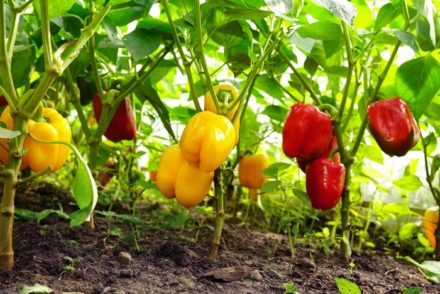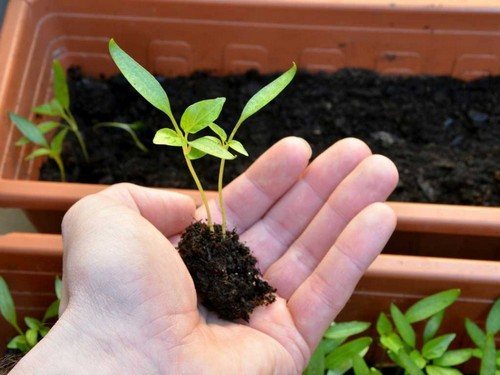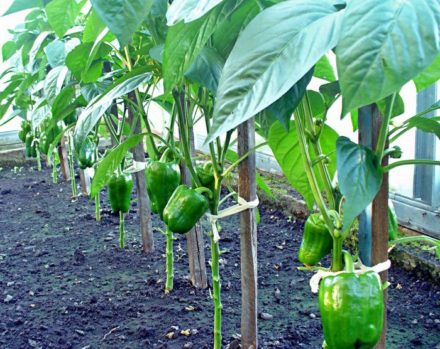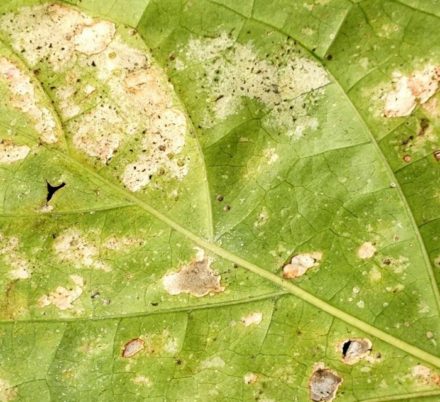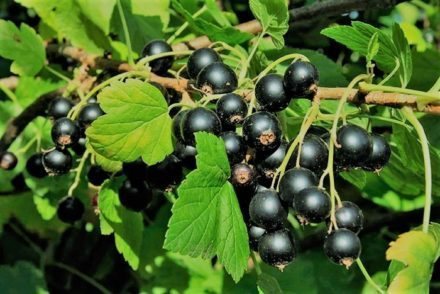When they talk about calcium nitrate, calcium nitrate or calcium nitrate, this means that we are talking about the same fertilizer, which has several names. This is one of the most important fertilizers for peppers and other crops cultivated in a greenhouse or open ground.
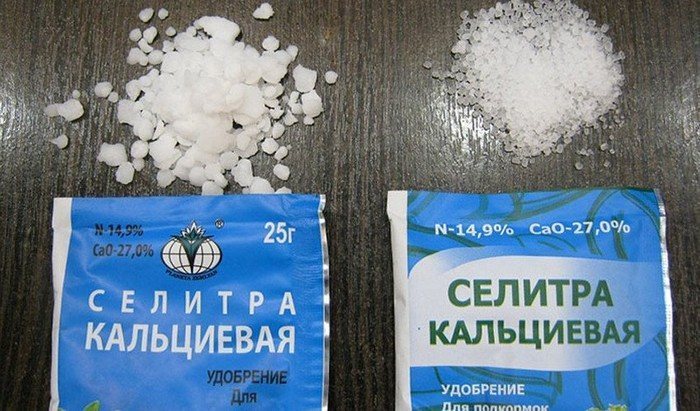
Why is calcium nitrate needed?
Main components of fertilizer — nitrogen, occupying 13% of the total composition, and calcium in the volume of 19%.
Nitrogen is needed for a quick start to the growth of pepper seedlings and the expansion of vegetative green mass. Calcium stimulates the growth of the root system and strengthens the structure of plants at the cellular level. These elements get along well with each other. With a sufficient amount of calcium, nitrogen is assimilated better. In addition, due to calcium, peppers easily absorb phosphorus and potassium, which are so necessary for the development of vegetable crops.
In what cases is calcium nitrate used for pepper farming:
- For spring soil enrichment. Granules of the product are scattered over the surface and dug up along with the soil onto the bayonet of a shovel.
- With root feeding. Dissolve the drug in water according to the recipe on the product packaging and pour it under the root.
- For foliar use. Calcium nitrate is dissolved, filtered and sprayed on the ground part of the bushes.
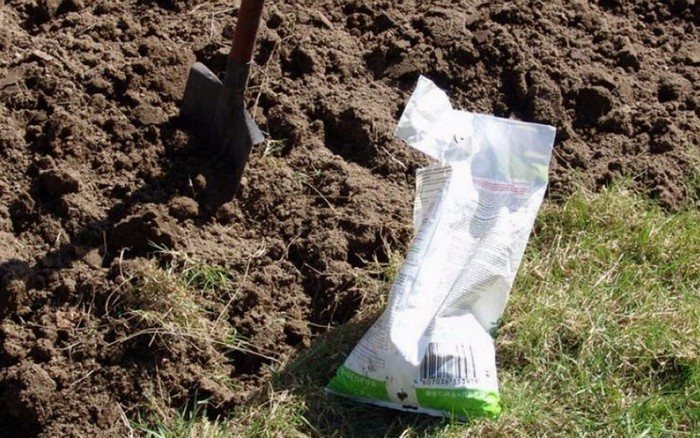
Feeding peppers with calcium nitrate increases resistance to temperature changes.And in a greenhouse and open ground it is equally necessary due to the rapid depletion of the soil.
But if the doses are chosen incorrectly and calcium nitrate is not applied in a timely manner, the plant’s nutritional regime may be disrupted.
Calcium nitrate is good for soil of any acidity because it does not increase the pH, and even, on the contrary, deoxidizes the soil in necessary cases. And besides, it takes away excess manganese and iron.
Important rules for feeding peppers
During the entire growing season, several feedings with calcium nitrate are carried out. Don't deviate from the schedule. Only with proper use of the drug will gardeners receive a good harvest of tasty, juicy fruits.
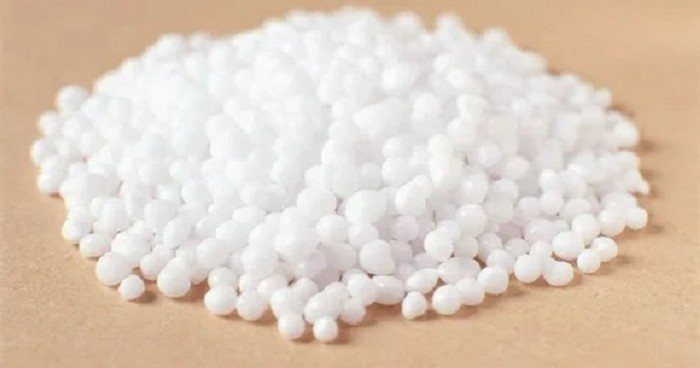
After picking pepper seedlings
First deposit
2 weeks after sprouting, the first fertilizing with calcium nitrate is carried out.
Perform actions in the following order:
- Add half a teaspoon of granules or liquid preparation to 1 liter of warm water.
- Water the seedlings with settled melt water.
- Apply 1 teaspoon of solution under each bush.
- Cover the top with a thin layer of soil.
Second contribution
The second feeding is performed at the same stage. The time interval from the first application should be at least 2-3 weeks. Feeding is carried out similarly to the first.
After transplantation into open ground or greenhouse
The seedlings are transferred to an open area at 3 months of age. After 14 days, fertilize with calcium nitrate. With this approach, the pepper will receive the full amount of elements for active growth of stems and green mass. Before adding calcium nitrate, the soil is thoroughly moistened.
To prepare a solution of calcium nitrate, dissolve 30 g of the substance in a 10-liter bucket of water. For 1 sq. m will need 8-10 liters of solution. Solution temperature 22-26°C. Plantings are watered using a watering can with small holes. It is recommended to combine watering with the addition of a small volume of wood ash, which is scattered in the root zone. After the procedure, the soil is loosened.
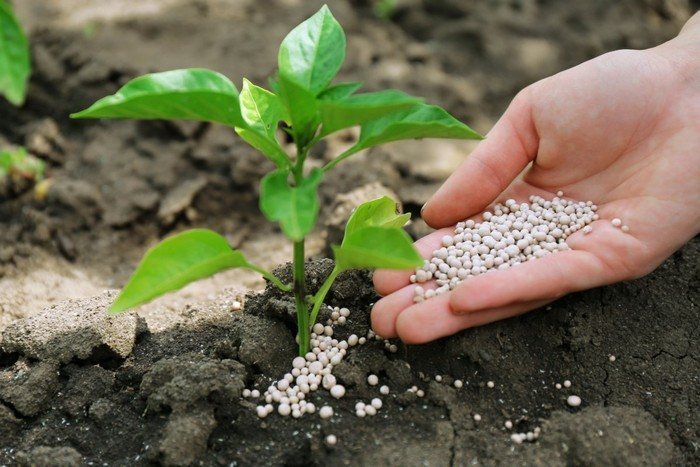
Bloom
The importance of feeding during this period — in the normal growth of greenery, strengthening of roots and formation of fruit ovaries.
One-time feeding. It is carried out until the first ripened fruit. Since bees and ants are working on the bushes during this period, they feed the peppers with fertilizer at the root. 1 liter of liquid fertilizer is used per bush. The solution is prepared according to the manufacturer's instructions.
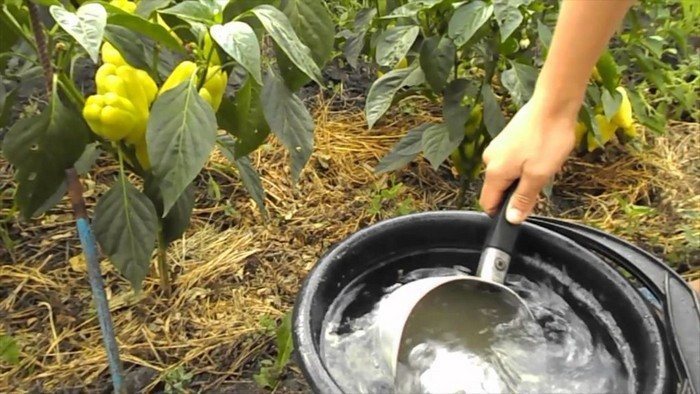
During the fruiting period
The crop spends a lot of energy on fruit formation. Therefore, feeding with calcium nitrate will be very useful. Fertilize twice with a break of 14 days. 1.5-2 weeks before harvesting, watering and fertilizing are completely eliminated.
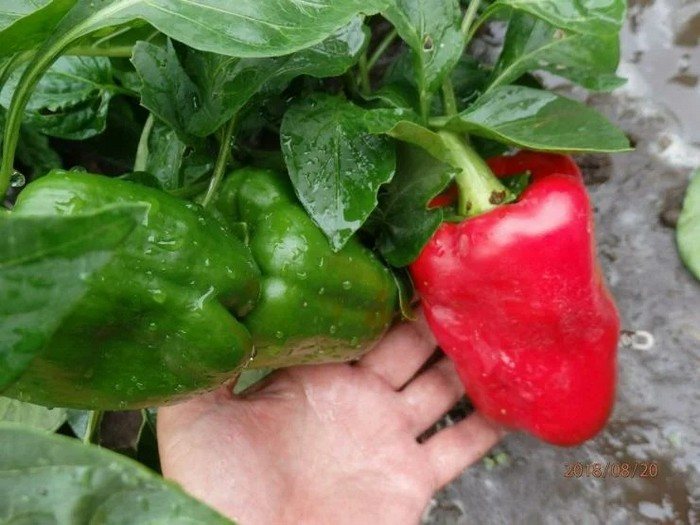
Calcium nitrate is used as a fertilizer in the spring or summer months, but not in the fall. Over the winter, the level of nitrogen in the soil will decrease due to melt water, and in the spring you will have to fertilize with calcium nitrate again.


